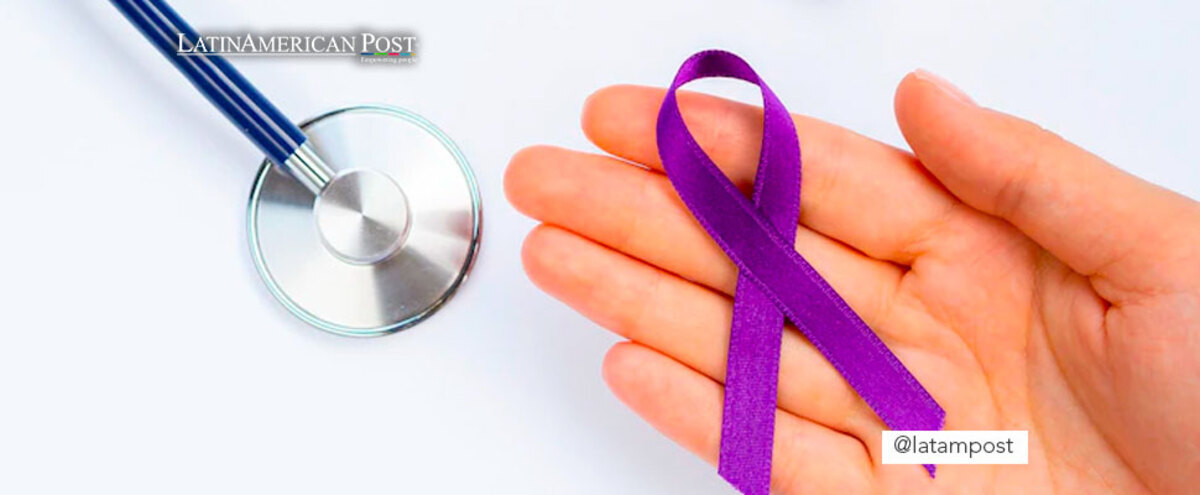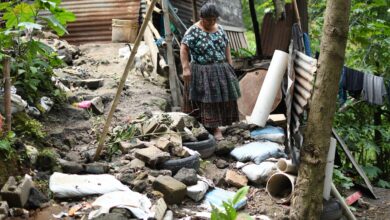Cancer in Young People: A New Epidemic?
Cancer in Young People in Latin America has set Off Alarms; A Phenomenon that Responds to a Series of Causes that, from the Region's Health Entities and Through Research, have Aroused Interest. What's Going On? Here we Tell you..

Photo: Freepik
LatinAmerican Post | Camilo Hastamory
Listen to this article
Leer en español: Cáncer en jóvenes: ¿Una nueva epidemia?
According to a recent study by Brigham and Women's Hospital (Harvard Medical School teaching hospital), there is a notable increase in cancer in young people. A diagnostic trend in patients under 50 years of age and that has been accentuating in the world since the 1990s. Among the most frequent oncological pathologies were those of the esophagus, kidney, liver, pancreas and breast cancer. That is, many are related to the digestive system.
A phenomenon that, according to a study carried out by the institution's research department, has shown a greater proliferation, especially between the years 2000 and 2012. Causes? The scientists in charge managed to determine that cancer in young people has an important cause in the "birth cohort effect". An expression that Shuji Ogino, MD, PhD, a professor and physician-scientist in the Department of Pathology at Brigham and Women's Hospital, explained how a scenario in which “each successive group of people born at a later time (for example, a decade later) are at increased risk of developing cancer later in life, likely due to risk factors they were exposed to at a young age," he noted.
“We found that this risk increases with each generation. For example, people born in 1960 experienced a higher risk of cancer before their 50th birthday than people born in 1950, and we predict that this level of risk will continue to increase in successive generations," added Ogino. Explanation that is manifested in the scenario that is presented in cancer cases in young people in the region of the Americas. According to the Pan American Health Organization (PAHO), cancer cases in the Americas were estimated at 4 million in 2020 and are projected to increase to 6 million by 2040.
We suggest you read: Interview: Is breast pain normal? What signs should alarm?
In this sense, among the most frequently diagnosed types of cancer identified by PAHO are:
- In men: prostate (8.6%), lung (11.7%), colorectal (10.2%) and bladder (5.9%).
- In women: breast (30.7%), lung (10.3%), colorectal (9.6%) and cervix (6.4%).
- The highest mortality rates in men are: lung (20.6%), prostate (14.5%), colorectal (10.6%), pancreas (7.0%) and liver (6.6%).
- Those that cause the highest number of deaths in women are: lung (18.4%), breast (17.5%), colorectal (10.6%) and pancreas (7.2%).
Risk factors for cancer in young people
In the investigation, it was possible to establish the hypothesis of which factors in the lifestyle of people have a great incidence in the proliferation of cancer at an early age. In this sense, health entities in the Americas have always stated that about a third of all cancer cases can be prevented when healthy lifestyle habits are acquired. Avoiding common risk factors is the first step to achieving this goal. Among these, those that the World Health Organization (WHO) has determined are:
- Smoking.
- Being overweight and obese.
- Carry out a harmful diet with simple carbohydrates and ultra-processed products.
- Lead a sedentary lifestyle.
- Consume alcohol excessively.
- Not having a timely vaccination.
- Do not perform skin care to avoid ultraviolet radiation.
- Having occupational exposure to ionizing radiation.
- Being exposed to outdoor and indoor air pollution.
In the same way, regular medical check-ups help prevent or detect any type of cancer early. There are several oncological pathologies that have a high probability of being cured, as long as the treatments are started on time.
Likewise, other incident factors are environmental problems. The climate change that affects the planet has been echoing in people's health, added to the indiscriminate use given to fertilizers, pesticides and other substances to improve the efficiency of crops. This is a phenomenon that results in the intake of “hormonal disruptors”. These are substances immersed in food products and in various cosmetics or cleaning products, which tend to favor the appearance of some types of cancer.
Although the studies are not conclusive and are being developed to find the relationships, these habits related to food and hormones could explain the increase in thyroid and colorectal cancer.
That is why establishing a balanced lifestyle is the challenge that should focus the attention of households in Latin America. A challenge that must respond to the need to adopt healthy habits that allow the functioning of the body to be maintained in balance and well-being, thus reducing the chances of suffering from some type of cancer.




